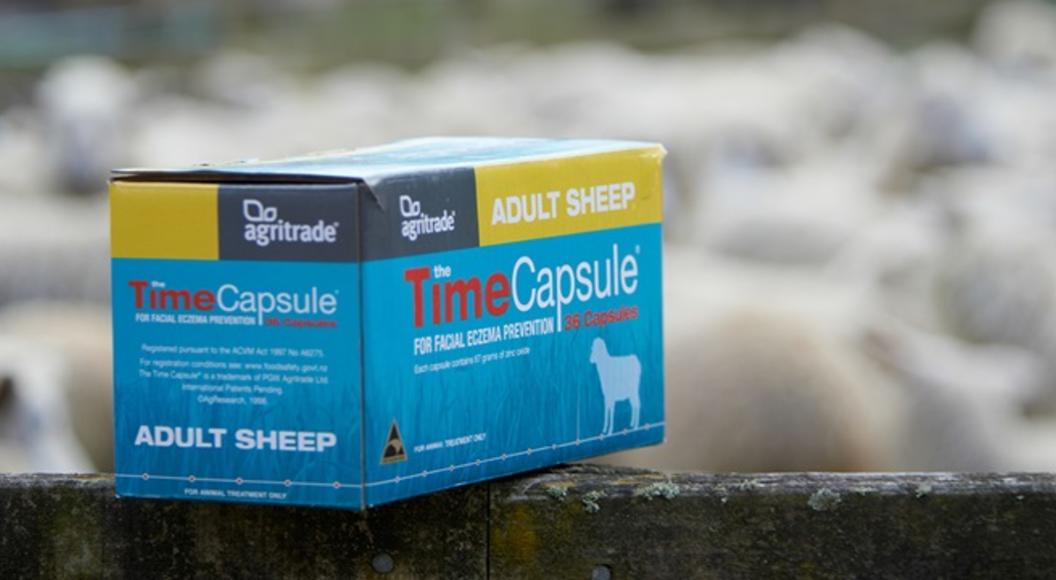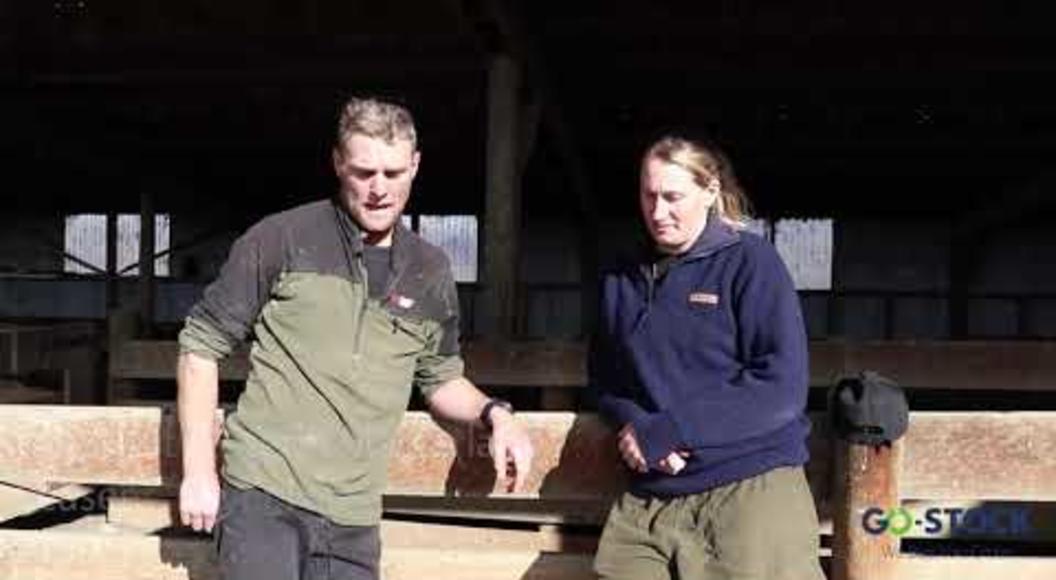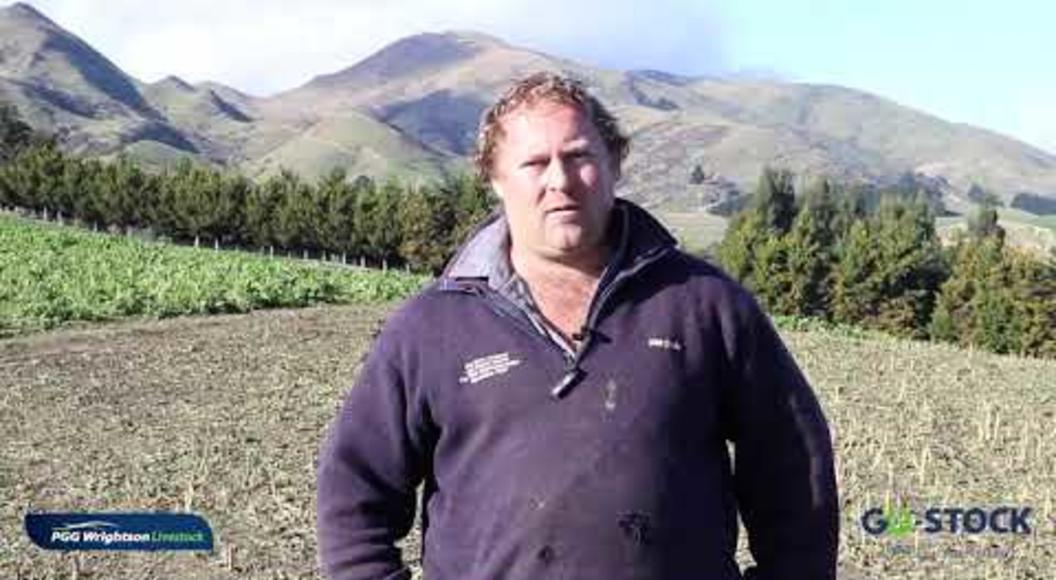Effective parasite management in sheep
With lambs now on the ground, it is time to plan an effective preventative drench programme to ensure that maximum liveweight gain occurs both pre-weaning and throughout summer.
The lifecycle of internal worms in sheep results in pasture contamination with parasite eggs that continue to build and amplify in numbers as the season progresses, even when drenched regularly.Lambs that have an immature immune system allow large numbers of adult worms to build up in the gut and produce significant numbers of eggs, contaminating pasture with on-going generations of infective larvae. The end result is massive amounts of infective larvae on pasture in summer and autumn leading to ill-thrift or in severe cases, death from clinical parasitism.
The primary aim of a preventative drench programme is to reduce the overall worm population on the farm to levels that allow your lambs to thrive. This is dependent on regular use of effective drenches killing the adult worms inside the gut of the lambs, stopping parasite egg output in the faeces of lambs for three weeks. The result is lower numbers of infective larvae hatching and so less worm challenge as the season progresses.
The current programmes are based on regular 28 day drench cycles. This provides a balance of not over drenching, increasing the risk of developing drench resistance and curbing egg output from adult parasites. In some specific situations where the worm challenge is low, variations of the 28 day programme may occur.
With current drench resistance problems in sheep escalating, the current research promotes using triple combination based drenches as the routine 28 day programme products. Each component of the triple drench needs to be highly effective to slow the development of further resistance. It is simply too risky to wait until there is double combination resistance before using triples.
A key component of any programme is to substitute one of the routine 28 day drenches with a knockout drench. This is done on the third or fourth drench cycle in late summer/early autumn, using one of the novel drench families. The strategy here is that this new drench is going to clean out any adult worms that may have survived the routine triple combination product, delaying the chances of drench resistance establishing on your property. This drench is there to help protect the triple.
Ensure that you are dosing lambs to the heaviest animals in the mob. This means physically weighing animals and not guessing weights. If there is a large variation in weight range, then it is advisable to draft into two lines to avoid overdosing small lambs. Check drench guns are delivering the correct dose both before you start drenching and during the drenching of the mob. Under-dosing allows sub optimal kill rates of worms, increasing the risk of developing drench resistance.
Any preventative programme success requires the drench you are using to be working. A post-drench check gives a measure of effectiveness of the product used. This requires collecting 10 faecal samples 7 to 14 days after the drench is given. There should be no parasite eggs in the faeces as all adult worms should have been killed by the drench. This test should be completed at least once a season.
Use the above information and contact your local PGG Wrightson store or Technical Field Representative to help you formulate an effective drench programme this season.


